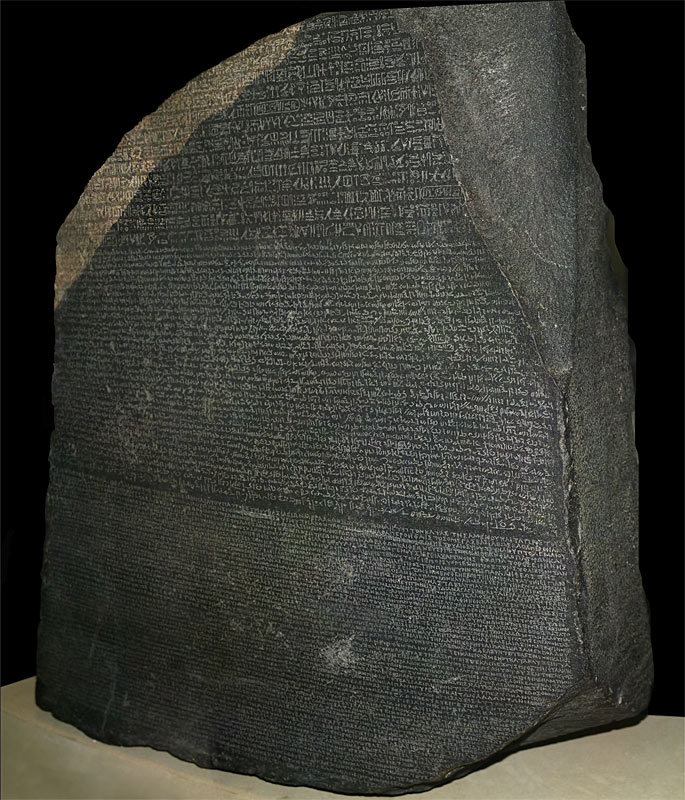
Jane McIntosh
It would have to be a region where the local people were literate but also to some degree under Harappan control, and it would probably also have to be a region with a tradition of monumental inscriptions. This rules out most, if not all, places. If the Harappans were trading with east or northeast Africa (as the presence of African crops suggests) it might just be possible that there would be an inscription set up in Harappan and Egyptian in an area of mutual influence, stating that one of these states was laying claim to the territory and warning off the other. Unlikely, though.
What is more probable, though much less helpful, is that a seal may be found, perhaps in Oman or Bahrain, belonging to someone who had dealings with both Mesopotamians and Harappans: probably a cylinder seal with a stamp seal engraved on one end. I think it more probable, however, that individuals in this situation would have had two seals, rather than a combined one. So I am not optimistic.
Rita Wright
Maybe some day someone with find a Mesopotamian text and on the other side of it (when they turn it over), there will be an Indus script. At a meeting I attended years ago, Julian Reade, at the British Museum, had us all anticipating just this possibility. He read a paper in which he discussed his surprise when he found a Mesopotamian text in the South Asia section of the museum. Either it was there by mistake or on the obverse there was going to be an Indus text. There was great disappointment when he told us it was just misfiled! There were great sighs of disappointment.
There are some seals found in Bahrain and other Arabian Peninsula locations in which there is Indus script but it is ordered incorrectly. Asko Parpola suggested they were bilingual texts, perhaps people who had migrated to the Bahrain, for example, and then took on strange names as they acculturated. Or people who didn’t really know anything about the script made up a name using Indus script. Maybe some more of these seals would lead to something promising.
Richard Meadow
Possibly somewhere in Mesopotamia or, secondarily, Arabia. It is doubtful that it would be found in South Asia because there is so little artifactual evidence of Mesopotamian presence in the Indus area.
Shereen Ratnagar
Mohenjo-daro, you think? The glamorous centre where it all happened? Or Harappa where someone’s Mesopotamian wife is buried?
Asko Parpola
Vermaak in an article in Journal for Semitics 57 (2008) has been able to identify the "Meluhha village" mentioned in several cuneiform sources as the village of Guabba, originally on the coast of Mesopotamia. Interestingly, this was a major centre of textile industry in Mesopotamia, employing thousands of workers, which nicely ties up with the hypothesis that cotton cloth was among the principal Harappan export items. It is quite possible that if Guabba could be located and excavated (just a dream, considering the present situation in Iraq), bilinguals shedding light on the Indus script and language could be found.
Iravatham Mahadevan
I would place my bet on the clay tablets lying in the dusty backrooms are godowns in the museums in Iraq. The Akkadians were great dictionary makers. They have several bilingual glossaries between Sumerian and Akkadian languages. There were Meluha (Indus) interpreters in the Akkadian cities. It is quite possible that a bilingual glossary explaining Indus sign with Cuneiform signs does exist among the clay tablets. It is another matter whether it would ever be found.
Above: The Rosetta Stone, courtesy Wikipedia
